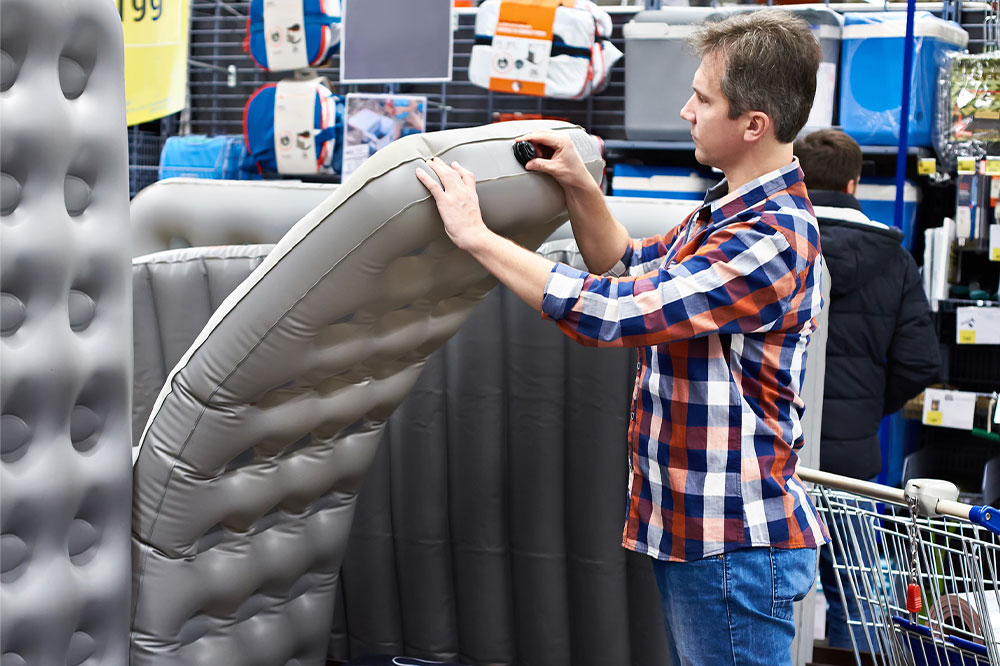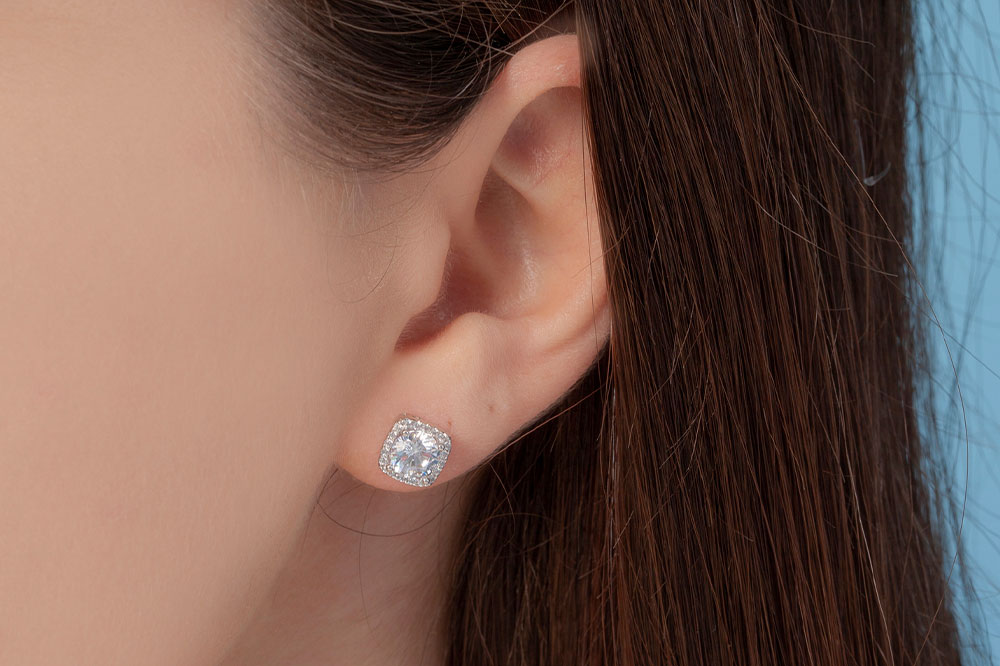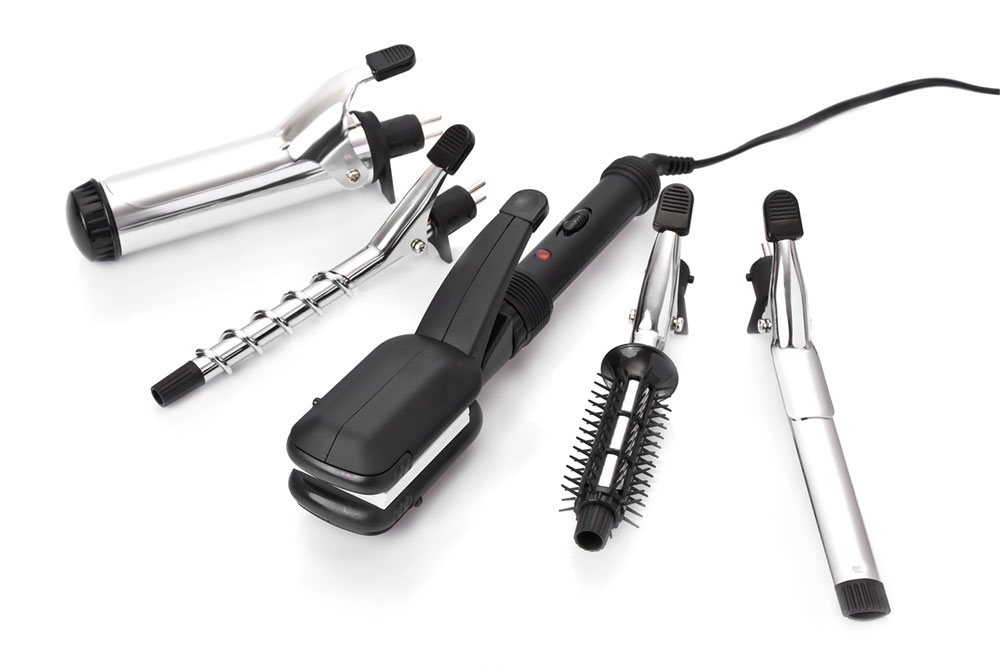10 common early signs of prurigo nodularis

Prurigo nodularis is a disorder characterized by intensely itchy rashes or bumps on the skin. Although a relatively uncommon condition, it can interfere with the daily lives of those affected. Here, one may be tempted to scratch, but this can make the rash worse. However, recognizing the early signs can help one get timely treatment to relieve the itching. So, one should keep an eye out for the following early signs of prurigo nodularis:
Persistent itching
Persistent itching is the key sign of prurigo nodularis. This itch is often described as an intense, insatiable, and relentless sensation. The itching can interfere with the ability to carry out daily activities, being a constant source of discomfort. Those with prurigo nodularis also find it difficult to resist the urge to scratch, which ultimately worsens the condition.
Small bumps
As prurigo nodularis progresses, small, raised bumps or nodules start to appear on the skin surface. These nodules can vary in size, from a few millimeters to several centimeters in diameter. They often feel firm to the touch and can be rough or scaly. Initially, these nodules may appear slightly discolored or flesh-toned, but they can turn reddish-brown or even dark brown over time. The presence of these nodules is often a clear early sign of prurigo nodularis.
Scratching-induced lesions
Due to the relentless itching, those with prurigo nodularis may frequently scratch the affected areas. Constant scratching can lead to open sores and lesions, causing skin inflammation. The lesions may also sometimes ooze fluid, further adding to the discomfort. Repeated scratching can also lead to a cascade of complications, including infection.
Skin thickening
Over time, as a result of persistent scratching and the development of nodules, the affected skin can become thick and leathery. This thickening of the skin is known as lichenification and is a common result of the continuous irritation caused by scratching. Thickened skin can be intensely itchy and further contributes to the cycle of discomfort associated with prurigo nodularis. It is also common to observe rough, scaly skin texture when dealing with the condition.
Scabs
While scratching to relieve the unbearable itch, the skin becomes even more irritated. This results in small, superficial wounds on the skin. The damaged skin can ooze fluid, which then dries and forms scabs, which can be itchy, adding to the overall discomfort. Additionally, the presence of scabs can be a visible early sign of prurigo nodularis, often observed in the affected areas.
Secondary infections
Due to the constant scratching and development of open sores, those with prurigo nodularis are at risk of developing secondary bacterial or fungal skin infections. These infections can worsen the condition and may require additional prescription treatment.
Hyperpigmentation
The skin around the nodules and excoriations may become hyperpigmented, leading to the affected areas taking on a darker color. The hyperpigmentation may last even after the nodules go away.
Sleep disturbances
The unrelenting itching associated with the condition can lead to sleep disturbances. The urge to itch tends to worsen at night, making it difficult to get a good night’s sleep. In turn, sleep deprivation can result in daytime fatigue and reduced overall well-being.
Psychological impact
Prurigo nodularis is not merely a physical condition; it can also take a toll on mental health. The chronic nature of the itch-scratch cycle can increase the risk of depression, anxiety, and a decreased overall sense of well-being. One may also experience feelings of frustration with their condition.
Avoidance behavior
As a response to the discomfort and embarrassment caused by prurigo nodularis, one may begin to avoid social situations. They may withdraw from social activities or cover up affected areas to hide their condition. This change in behavior can further contribute to the psychological impact of the condition, leading to feelings of isolation.
Diagnosis and management
If one suspects that they or someone they know may have this skin disorder based on these early signs, they should seek medical intervention, beginning with a diagnosis from a dermatologist or healthcare professional. Early diagnosis can help facilitate better management of the condition, resulting in timely relief from the symptoms associated with prurigo nodularis. Here, the treatment plan could consist of a combination of prescription options and topical creams to break the itch-scratch cycle.









